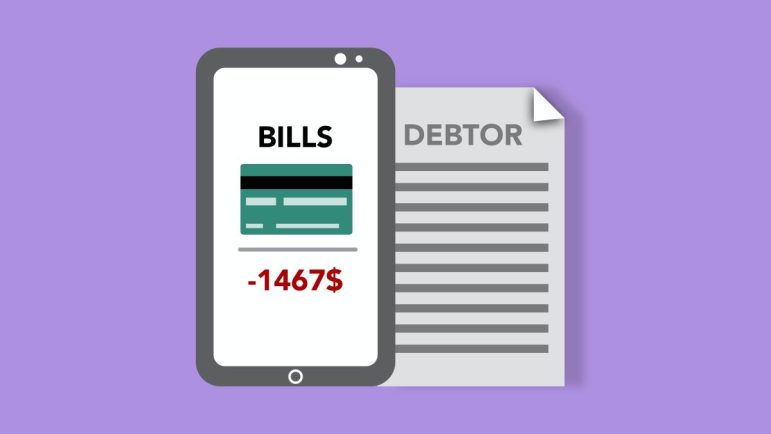If you are under debt and are finding it hard to pay it off, you might have come across the term “debt relief order.” And if you are wondering what is a debt relief order or how it can help you manage your debts, then we are here to help you out.
What is a Debt Relief Order?
A debt relief order is a method for debt management if you have a relatively low level of debt to pay off. It can help you deal with your debt efficiently and even aid in writing off your debt completely. However, there are different aspects that come into consideration for this.
You must have one of the following debt conditions to utilize a debt relief order:
- You don’t have your own home.
- You owe less than $30,000.
- You don’t have a source of spare income.
- You don’t own other assets with value.
However, a debt relief order usually lasts for one year. In some scenarios, it lasts until your financial condition improves a bit.
You will have to consult a DRO expert for this purpose. The advisor will then fill out a formal application for you, to send to the official receiver. The DRO application usually costs $80 or above, depending upon your state and country.
Can I get a DRO?
Now, everyone cannot get a debt relief order. Thus, you need to make sure that you are applicable to it.
You can get a DRO, if all of the following aspects apply to your situation:
- You are finding it impossible to pay off your debts.
- You do not owe more than $30,000 for the debt.
- You do not have your own home.
- Your assets or savings have no more value than $2000.
- You are not going through any other financial issues like bankruptcy etc.
- You have not had a DRO in the past 6 years, at minimum.
You can discuss the DRO whereabouts in detail, with your DRO advisor, before availing it.
Debts that can be covered with a DRO:
All types of debts cannot be covered through a debt relief order. Only specific debts are termed as “qualified debts” for a DRO.
Debts that can be managed through a DRO, are as follows:
- Benefits overpayments
- Overdrafts, credit cards, and loans.
- Business debts
- Buy now and pay later agreements
- Debts that you owe to your friends or anyone in the family
- Bills for services like solicitors or vets etc.
- Conditional sale agreements
However, bear in mind, that you have to pay these, by all means, once the DRO ends.
Debts that a DRO Cannot Cover:
As mentioned above, all debts are not covered by the DRO. you will have to pay them by all means:
- Student loan
- Child support
- Child maintenance
- Compensation for injury or death
- Social fund loans
If you have any of these debts, then the cash limit requirement does not apply to them. However, it is best that you consult a DRO before determining whether the debt is covered by it or not. Also, if you forget to add any specific debt in the DRO, you can always add them later on.
The Bottom Line:
If you think that you require a DRO to manage your debt, then look for an advisor and pay them the DRO application fee. If you are confused about whether you need it or not, then discuss the details with a professional advisor and then make a decision for yourself.











